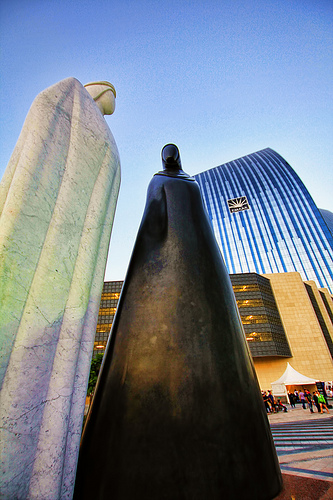Dubai could do with more big-ticket commercial realty buys

The recent deals involving HSBC and StanChart buildings attest to investor appetite
jordan release date | Converse Chuck Taylor All Star Translucent - Women Shoes - 165609C
In December, the Kuwait Sovereign Wealth Fund (KIA) purchased the Standard Chartered Bank (SCB) building in Downtown Dubai for Dh650 million, representing the largest sale of a single existing real estate asset in the Dubai commercial market for many years.
Just last week, another global bank, HSBC, announced it will purchase the adjoining site next to the Standard Chartered Bank building to construct their new Middle East HQ, with employees expected to start moving into this building in 2018.
Apart from their geographical proximity and the involvement of two major global banks, these sales also provide some important insights into the current state of the real estate investment market in Dubai. JLL has previously noted that the low level of sales of completed commercial assets in Dubai over the past few years has been a reflection of the limited supply of investment-grade projects being offered rather than a lack of potential buyers.
As we move into 2016, investors remain interested in both completed and development opportunities that provide secure long term income streams. However, there is far less interest in other assets that do not offer such long term certainty as investors continue to seek recurring annuity income. Therein lies the challenge; there are simply not many high quality and securely-let completed commercial buildings in Dubai. And the majority of the assets that meet these criteria are rarely offered for sale.
Until these conditions change, Dubai is never going to see the same level of real estate investment as more mature global cities such as London and New York, which both attracted more than $40 billion during 2015.
Major commercial sales remain a rarity in Dubai, with the vast majority of all real estate sales comprising of either land or residential buildings. Recent data from the Dubai Land Department reveals there was a total of 39,500 real estate transactions in Dubai in 2015, with a combined value of around Dh90 billion ($25 billion).
The vast majority of these consisted of individual apartments, with 14,400 transactions selling for a combined value of Dh19.6 billion. The land trading market also remains active in Dubai, with 3,400 transactions recorded in 2015 with a combined value of some Dh35 billion.
This includes a mix of large sites, as developers seek to build up land banks, and individual villas, which the Land Department classifies as land sales. There was just Dh2.5 billion of sales of whole buildings recorded in 2015, with suggests the SCB building has not yet been included in the DLD data.
While the total value of sales in 2015 has declined by around 8.9 per cent compared to 2014, Dubai remains an attractive market for purchasers of individual units and apartments. As in previous years, there was widespread investment from overseas investors in 2015.
The data shows investors from 150 different nationalities purchased property in Dubai. Emirati citizens were the largest group of buyers, accounting for around Dh26.1 billion (19 per cent of total sales), with Indian (Dh20.5billion) and British (Dh10 billion) nationals being the largest groups of overseas investors.
This pattern of sales has remained relatively stable over recent years.
In addition to the above data, which relates to sales of completed buildings, the Land Department analyses the sale of off-plan properties in Dubai. Pre-sales have traditionally been a major means of financing residential developments in the UAE.
The market for off-plan sales disappeared almost entirely after the global financial crisis, with just 3,200 pre-sales, mostly residential units, recorded in 2009. While this market has recovered again in recent years with around 18,000 pre-sales recorded in 2015, this is still less than half the level seen in 2008.
While some of the larger and more established developers report continued interest in recent launches, even these developers are being required to explore new markets (such as China and the Far East) and introduce innovative sales campaigns (including luxury cars and more flexible payment plans) to attract interest in developments that are not yet delivered.
In conclusion, the Dubai investment market remains polarised into two distinct segments; a small number of completed and income producing-buildings which are attractive to large institutional investors, and the mass market, comprising the sale of a large number of villas and units by individual investors from around the world.
While the total volume of transactions has certainly slowed in recent years, we expect both sectors to remain active in 2016, with Dubai maintaining its position as a relatively safe and secure haven within a volatile region.
The writer is Head of Research at JLL Mena.
credit to Gulf News
